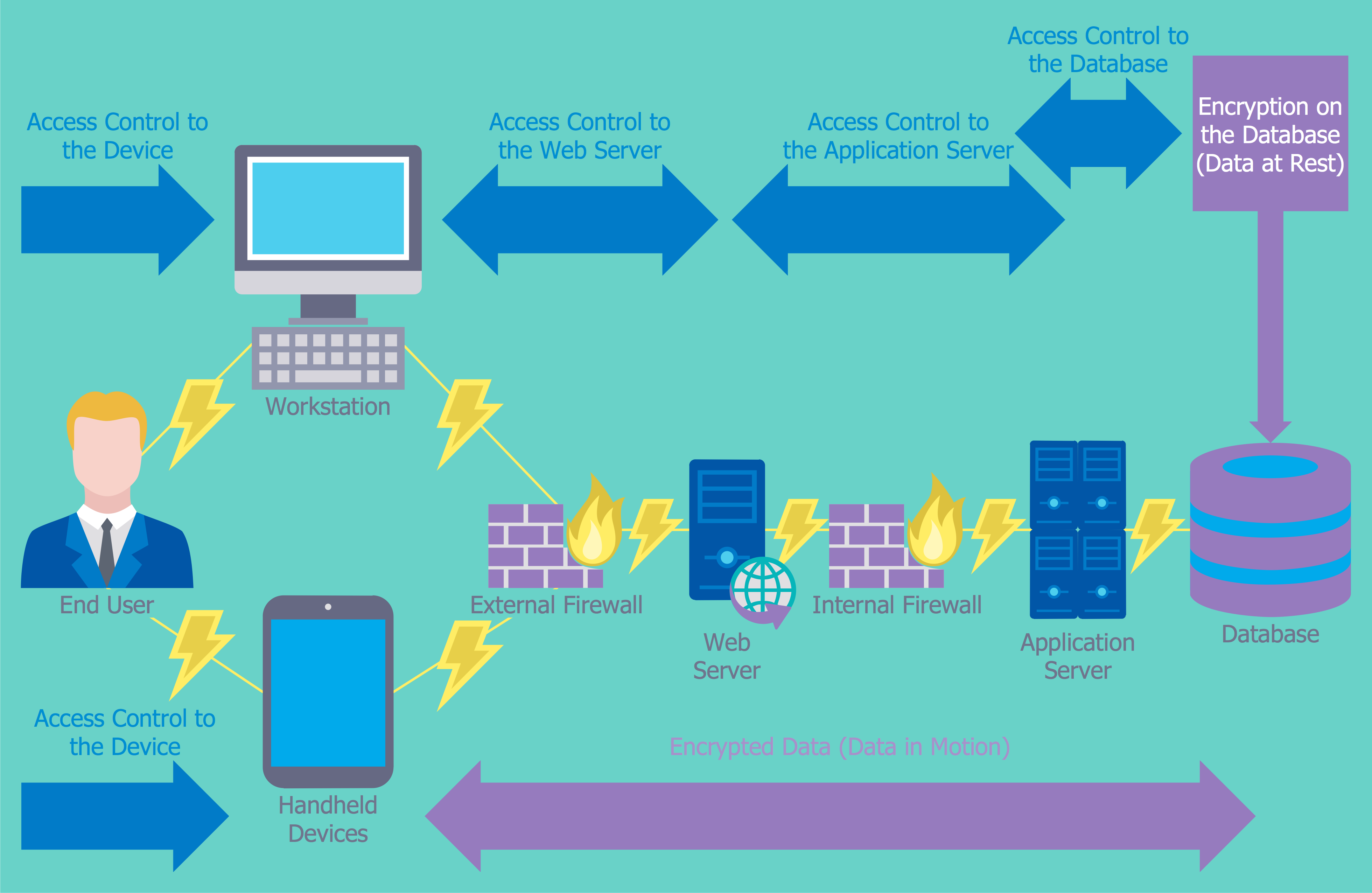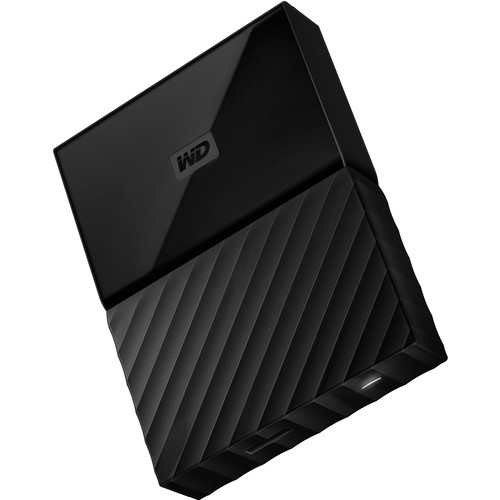
The objective of AES is to provide a specification for electronic data encryption.

It was established by the United States National Institute of Standards and Technology (NIST) in 2001. The Advanced Encryption Standard (AES) is one of the widely used global standards for encryption. The primary purpose of encrypting external hard drives is to protect their data from unauthorized persons. It provides security to your external hard drive against hackers and other online threats. This can be done by using software or some other way.Īfter disk encryption, the data on the external hard drive cannot be accessed by anyone who doesn’t own the relevant key or password. In addition to EasyLock Enforced Encryption for USB devices, Endpoint Protector allows IT Administrators to take advantage of FileVault and enforce encryption on enrolled macOS computers.How does Encrypting an External Hard Drive or USB WorkĮncrypting an external hard drive means making it secure by encrypting the data stored using sophisticated mathematical functions. Moreover, some additional useful features are available for IT Administrators like remotely sending messages to the users, requesting a password change or wiping the confidential data in case the device is lost or stolen. Via a secured password, users can safely transfer confidential data and access it on any computers or only on authorized ones. As a cross-platform solution, EasyLock can be used on both macOS and Windows computers.

An easy to use, cross-platform encryption solution is the best way to ensure confidential data will not fall into the wrong hands due to unauthorized access, lost or stolen devices.ĮasyLock USB Enforced Encryption combined with Endpoint Protector allows IT Administrators to extend their Device Control policy and make sure all confidential data transferred to USB storage devices is automatically encrypted.

Data stored on computers, on cloud storage or on USB devices can get into the wrong hands and therefore needs to be protected. With accessibility and portability being an important part of our daily work, securing confidential data and transfers has shifted from a “nice to have” to a “must have”.


 0 kommentar(er)
0 kommentar(er)
